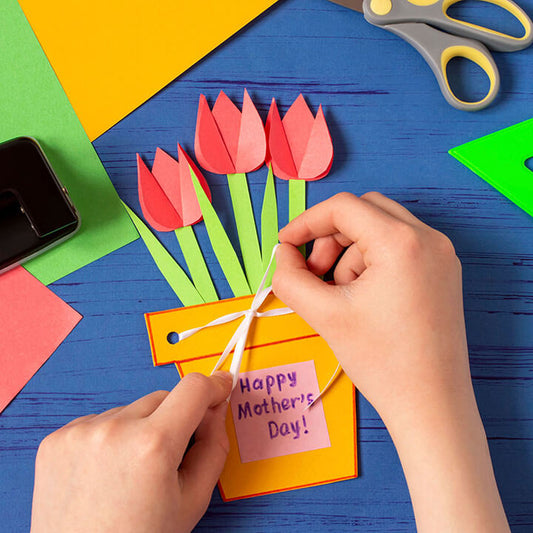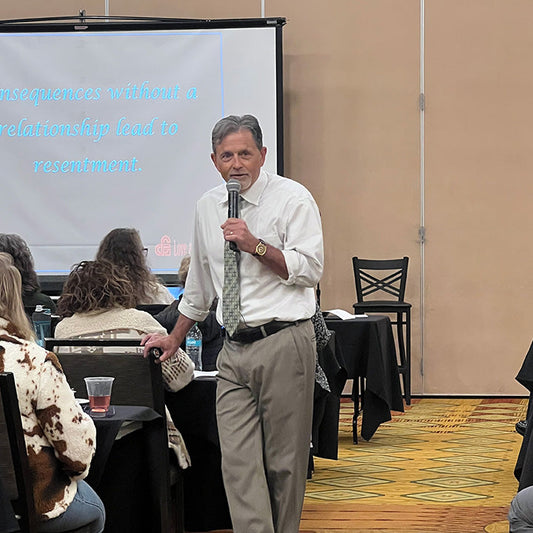Since this past August, Dr. Daniel Amen and I have presented a series of events that illuminate the connection between Amen Clinics and Love and Logic. Helping our kids develop healthy brains, coupled with understanding how the brain works, can give parents valuable insights into how Love and Logic techniques will work with their kids.
As an example, empathy is a key component of all Love and Logic techniques and, the use of empathy stems from understanding how the brain works. There are several parts of the brain, including the prefrontal cortex where thinking takes place. Another part is the limbic system, where the “fight or flight” response resides. That’s our defensive mode. When the limbic system activates our “fight or flight” response, what happens to the thinking process? It completely shuts down so we can either fight quicker or flee quicker, and rational thought goes out the window.
Here’s a story that really hits home with me and proves that empathy works with all of us. It’s also a good reminder that a little empathy can go a long way, whether we use it with kids or adults.
Years ago, I went to my local hardware store and bought the latest gizmo. When I got home, I tried to use it, but it didn’t work. I thought to myself, “Oh man! I couldn’t wait to use this thing! Now it won’t even work.” I was so frustrated that all I wanted to do was go back to the store, confront the clerk, and demand to know what he was going to do about it!
When I arrived at the store with the great gizmo that didn’t work, my frustration level was pretty high, and I said, “This gizmo don’t work!” Imagine which part of my brain would be activated if the clerk said the following:
“Of course it didn’t work! I bet you didn’t read the instructions, did you? You guys take this stuff home and start messing with it before reading the instructions. Then it gets all messed up and you come here thinking that you can just return it. I’m sick and tired of this and I’m not going to….”
What part of my brain would become instantly operational? A clerk behaving this way would surely trigger my limbic system to respond with rage. How long would it be before I said something that turned the clerk into another raging limbic system? Then we’d have two walking, raging limbic systems trying to solve a problem. Not good! Would I ever shop at this store again? Not a chance! Do you think I’d tell all my friends, neighbors, and anyone who’d listen? You bet—I’d tell everyone not to shop there!
Has something like this ever happened to you? How much does it take to get the average person into fight or flight mode? Will a little criticism do? How about some threats? How about some anger on our part? All of these can trigger our limbic system to snap into fighting mode!
Let’s play it over again, because the clerk I was dealing with was highly skilled and had been through excellent customer service training. When I went back, I growled, “This gizmo don’t work!” With care and sincerity, he responded, “Oh, that’s never good.” What part of my brain was activated? The prefrontal cortex—the thinking mode.
The clerk took the gizmo, apologized for my inconvenience, and offered to refund my money. Now he had a customer for life. And whenever I go to that store, you know which clerk I’m looking for. Do you think I kept shopping at that store? You bet I did! Do you think I told all my friends and neighbors about that store and that clerk? You bet.
We have discovered that people who get children to see themselves as the source of their problem can only do this by providing sincere empathy before describing any consequences—they always use empathy before consequences.
Do you have an empathetic response ready when your kid does something really upsetting? Most people don’t. I’ve learned over the years that people who replace anger with empathy all have limited vocabularies when it comes to disciplining. They use very few words. In fact, people who can start with empathy and do it consistently have only one empathetic response—a response that is unique to them, feels comfortable, and doesn’t sound phony. They keep it on the tip of their tongue and use it every single time they need to discipline their kids.
Listed below are a few empathetic statements we’ve heard people use:
- “Bless your heart.”
- “That’s sad.”
- “Oh, that’s never good.”
- “Oh, honey.”
- “That stinks.”
- “How sad.”
- “What a bummer.”
We recommend that you find an empathetic response that you can keep on the tip of your tongue, so that you can practice using it with your kids. Run some quick experiments to find out for yourself the amazing power of empathy. Can it change your life? You bet!
For more tips on using empathy when delivering both effective techniques and consequences, listen to my audio, Keeping Cool When Parenting Heats Up.
Thanks for reading!
























































